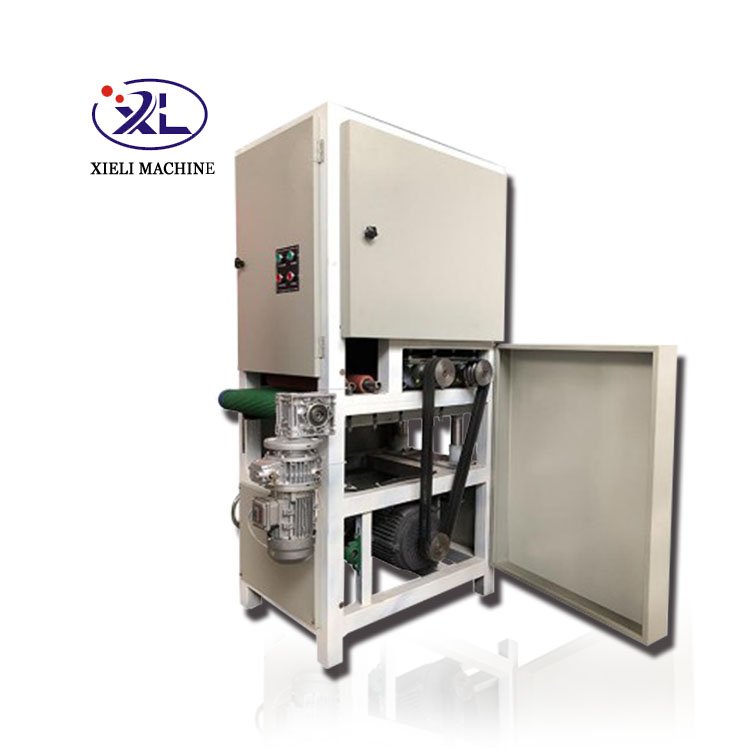Troubleshooting OEM Centerless Grinders A Comprehensive Guide
Centerless grinding is a highly efficient and precise machining process used for shaping materials, primarily metal, into specific shapes and dimensions. However, like any complex piece of machinery, OEM (Original Equipment Manufacturer) centerless grinders can encounter issues that may hinder their performance. Understanding common problems and their troubleshooting strategies can significantly improve operational efficiency and product quality. This article provides a detailed overview of typical issues faced during the operation of centerless grinders and offers practical solutions.
Common Issues in Centerless Grinding
1. Inconsistent Part Dimensions One of the most common issues in centerless grinding is achieving inconsistent part dimensions. This can be traced back to various factors, including incorrect setup, worn grinding wheels, or misalignment of components. When parts come out with varying dimensions, it compromises the entire production process.
Solution First, ensure that the grinding wheel and regulating wheel are properly aligned. Check the grinding wheel for wear and replace it if necessary. Regularly calibrate the machine to meet the required specifications, and conduct frequent quality checks on the produced parts.
2. Burning of the Workpiece Overheating can cause the workpiece to burn during the grinding process, resulting in discoloration and dimensional inaccuracies. This is often due to excessive feed rates, improper wheel selection, or insufficient coolant application.
Solution Examine the feed rate and consider reducing it if it’s set too high. Ensure that the grinding wheel is suited for the specific material being machined. Additionally, check the coolant system for clogs or malfunctions, and verify that adequate coolant is being applied to the grinding zone.
3. Wheel Loading Wheel loading occurs when abrasive particles become embedded in the wheel, resulting in reduced grinding efficiency and poor surface finish. This is commonly seen when grinding soft materials or using the wrong grit size.
oem centerless grinder troubleshooting

Solution Regularly dress the grinding wheel to keep it sharp and free from loading. Adjust the choice of the grinding wheel to match the material being processed, and consider using a coarser grit for softer materials to prevent loading.
4. Vibration and Noise Excessive vibration and noise during operation can indicate issues such as loose components, worn bearings, or unbalanced wheels. These factors not only affect the quality of the grinding but can also lead to physical damage to the machine over time.
Solution Conduct a thorough inspection of the grinder for any loose bolts or connections. Tighten all components as necessary and check the bearings for wear. If the grinding wheel appears unbalanced, recalibrate or replace it. Regular maintenance checks can help in identifying and addressing these issues proactively.
5. Poor Surface Finish A poor surface finish is often the result of incorrect settings, dull or damaged grinding wheels, or inadequate coolant application. This can lead to increased rework and production costs.
Solution Inspect the grinding wheel for wear and damage, replacing it if necessary. Verify that the machine settings, such as infeed, speed, and coolant flow, are appropriate for the material and intended finish. Fine-tuning these parameters can lead to significant improvements in surface quality.
Conclusion
Troubleshooting OEM centerless grinders requires a systematic approach to identify and resolve issues efficiently. By understanding common problems such as inconsistent part dimensions, workpiece burning, wheel loading, vibration, and poor surface finishes, operators can implement effective solutions to enhance productivity and maintain high-quality standards. Regular maintenance, proper setup, and consistent monitoring of operations play crucial roles in preventing issues before they arise, ensuring that centerless grinders continue to perform at their best.
-
Discount High-Precision Surface Polishing Machine Durable & EfficientNewsApr.29,2025
-
High-Precision SS Square Tube Polishing Machine China SupplierNewsApr.29,2025
-
Stainless Steel Square Pipe Polishing Machine OEM & High-EfficiencyNewsApr.28,2025
-
Centerless Grinder Troubleshooting Fast Fix for OEM, China & Discount ModelsNewsApr.28,2025
-
Centerless Grinder Automation Solutions OEM & Precision Systems ChinaNewsApr.28,2025
-
Scarlo Centerless Grinder OEM High-Precision China Models & DiscountsNewsApr.28,2025


